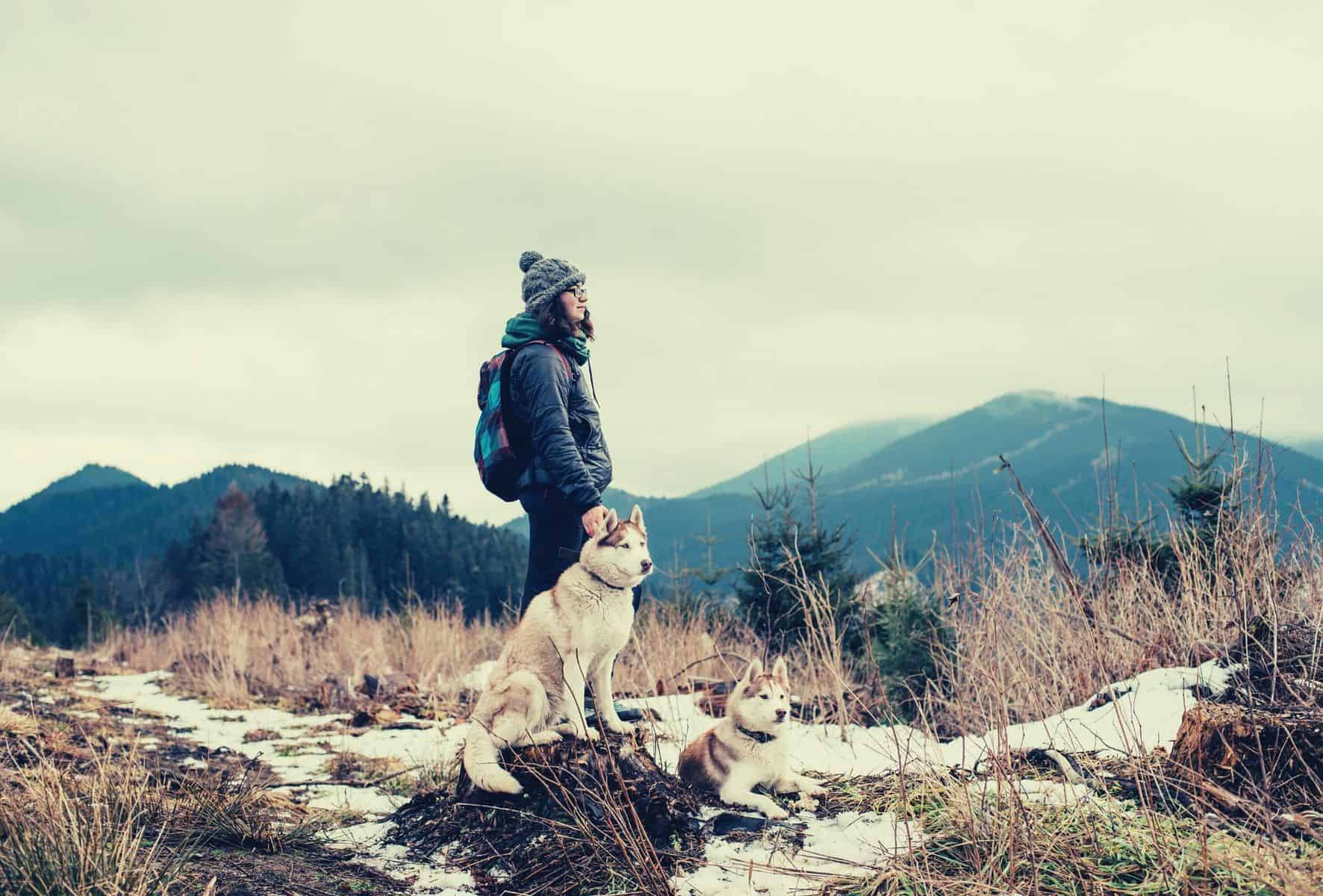There’s nothing more unpleasant than wearing wet clothes? Growing up in Cornwall, the UK, which has an average of about 156 rainy days a year, as well as a tendency to give you all four seasons in one day, I’ve taken plenty of rainy dog walk hikes and bike rides. If I were to stay inside every day that the weather was unpleasant, I’d be unable to go out so an appropriate waterproof jacket has become one of my staples.
All waterproof jackets aren’t manufactured equally. So, even though a see-through poncho might suffice for a rainy event but it’s not going to aid in a storm on the mountain. Here’s what you should take into consideration.
What’s the distinction between waterproof and water-repellent?
If you’re looking for protection against the elements, buy a jacket that is waterproof but not just water-resistant. Waterproof gear can provide protection against showers of light, but lets water in very quickly.
The waterproof jacket will stand against much more severe conditions, however, if you don’t choose one that’s ventilated, you’ll see water build-up inside of the jacket instead. When you’re exercising hard, the jacket will be soaked and uncomfortable. Finding a jacket with a waterproof membrane is a great way to make sure that the garment is breathable and allows moisture to be able to escape.
You’ve probably heard about Gore-Tex the most well-known waterproof membrane that is available. It functions by using tiny pores that are small enough to prevent drops of rain from entering your jacket, yet large enough to let sweat evaporate. Gore-Tex isn’t the only waterproof membrane on the market and numerous outdoor brands are now making their own versions.
If your jacket’s not as water-resistant as it once was but the good news is that you don’t have to purchase a brand new one. A durable water-repellent coating (DWR) has been applied to the outside of a water-resistant jacket. In the event that your jacket starts to lose its impermeability, it’s a breeze to reapply a DWR yourself. To determine whether your jacket needs a DWR replenishment, simply splash it with water and see how the water beads or is able to slide off. If it does, you’re fine. If it’s leaving areas of wet, dark fabric, then it’s time to invest in a DWR replenishment product and then recoat your coat. My old coat did not pass the check, so I decided to go ahead and buy a new one. I bought an Arcteryx beta lt jacket, which is very lightweight but protects me from the rain perfectly.
How can I tell what level of protection a waterproof jacket will provide me?
There’s a handy scale to use, and a lot of retailers will include a waterproof rating alongside their jackets. At 5,000mm, you’ll find the minimum amount of waterproofing that is required for a jacket to be considered waterproof, and not only water-resistant, however, but this also isn’t enough to stand against anything less than light sprinkles and drizzle. 10,000mm-15,000mm will withstand most rains, while 20,000mm and upwards is ideal for very massive deluges or extreme weather, but the jackets tend to be much heavier.

What kind of fit should I opt for?
Since you’re unlikely to be running around in just the bikini and waterproof jacket, buy a jacket that allows enough room to layer. For three-season hiking and mountaineering, a jacket with a waterproof design that allows you to put on a base layer and the down jacket beneath should suffice, however for winter mountaineering you’ll want something larger to allow you to layer.
What additional features are beneficial?
Find jackets that have taped seams. This means that the seams have been sealed, stopping the water from entering through the tiny holes. Storm flaps are another practical accessory: flaps that cover zips on jackets, another porous area where rain can enter. Personally, for all my outdoor activities, I would prefer an outfit with a hood with a peak. The hood keeps rain out of your eyes, while jackets with only a drawstring hood let rain get a little closer to your face.
